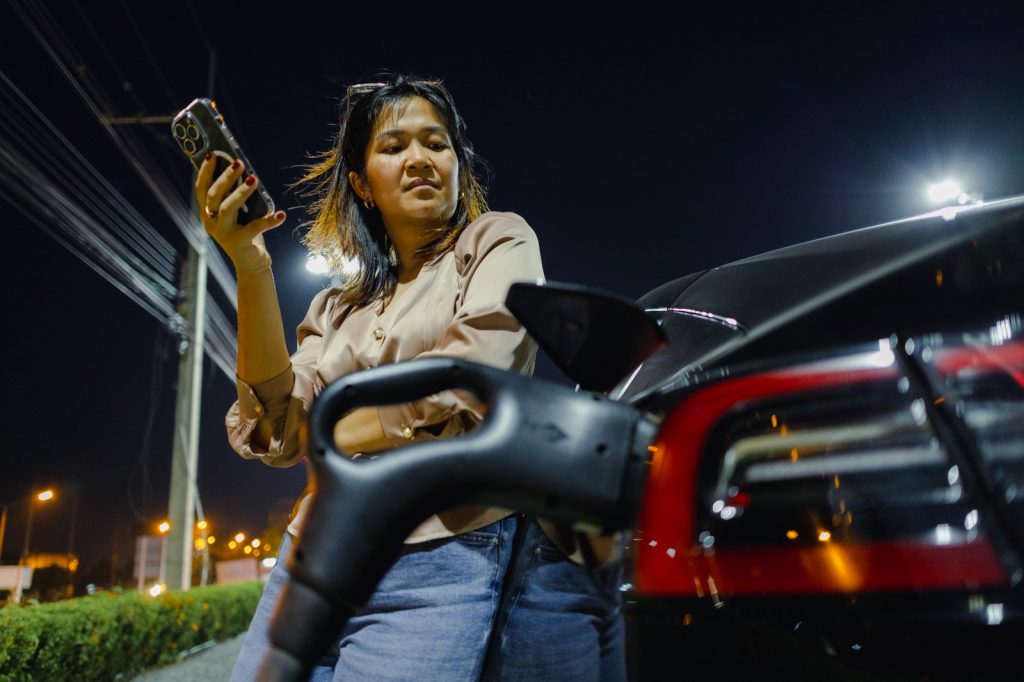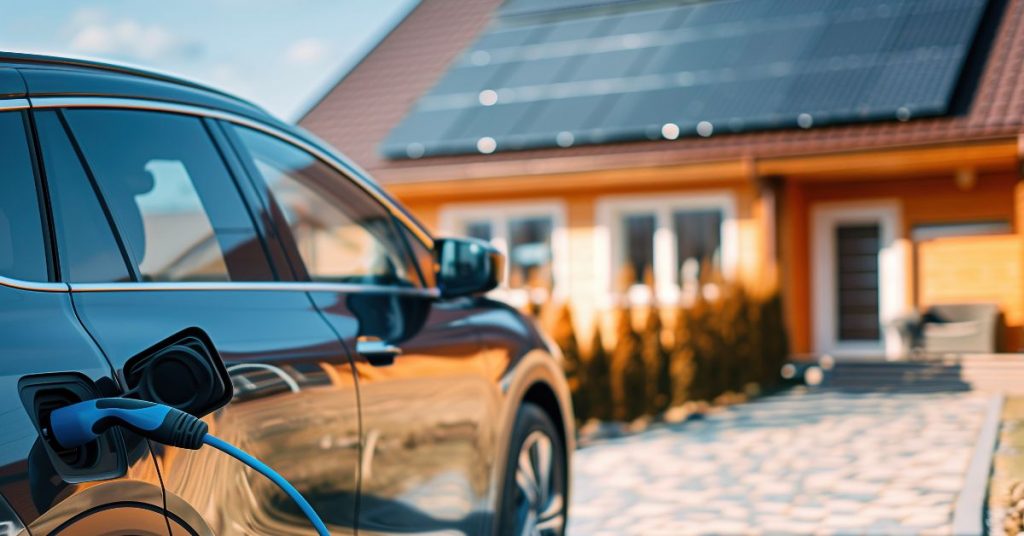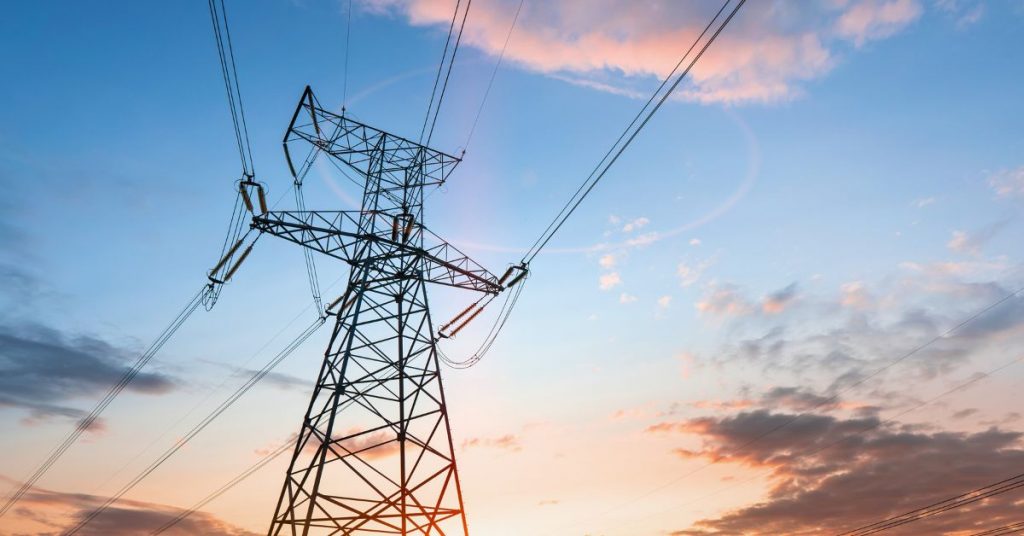
The electric vehicle transition is accelerating, but it risks leaving a vital segment of the market behind. Women hold 49% of driving licenses in the UK, but some figures put their EV ownership at just 10%. For female drivers, the conversation isn’t just about range and running costs — it’s about safety, reliability, and accessibility. But the narrative, the technology, and crucially, the infrastructure, have been designed through a predominantly male lens.
“Women are more likely to approach electric vehicles from a perspective of trust, practicality and safety,” says Gill Nowell, an experienced EV expert who explained the key issues with us. Nowell is Co-Founding Director of EVA England and Founder of Hosted by Gill. “We need to feel confident that chargers will work and that help’s going to be available if they don’t. We need clear instructions, cables that aren’t too heavy and apps that are intuitive. With some charge point operators, you cannot find how much you’re paying per kWh for love nor money.”
For women, these practical and psychological barriers to EV adoption are distinct and often overlooked. While the industry focuses on faster charging and longer ranges, it frequently fails to address the fundamental concerns that act as a handbrake on adoption for many female drivers: personal safety, genuine reliability, and a lack of inclusive communication.
The Charging Chasm: Barriers Beyond the Battery
For many women, the decision to buy an EV is overshadowed by a potent mix of concerns that go far beyond simple “range anxiety”.
The Safety Deficit at Public Chargers: This is arguably the most significant deterrent, although no cases of attacks have yet been recorded in the UK, according to one global charge point operator with thousands of public units. Public charging stations are often located in peripheral, poorly lit, or isolated areas, such as the corner of a motorway service station, a dark level of a multi-storey car park, or a deserted retail park after hours.
The No Driver Left Behind survey conducted by Hive and Autotrader in 2024 revealed that 43% of women feel safe using public EV chargers compared to 53% of men. “Lighting is essential, but also visibility,” says Nowell. “We need to stop putting public charges around the back of dimly lit hotels.” Nowell also argues that public charging requires readily available help. “We need clear signage, emergency contact options, and the chargers to work so that you don’t have to linger.”
For a female driver alone at night, being tethered to a charging post for 30 minutes or more in such a location is not just an inconvenience; it’s a personal safety risk. The fear of being in a vulnerable position is a powerful motivator, leading many to conclude that the EV ecosystem, in its current form, was not built with their security in mind. “However, it’s often the perception of risk rather than the reality of an incident happening that shapes how women feel about charging safety,” adds Nowell.
Range Anxiety as a Safety Issue: Range anxiety for women is not just about the car stopping. It’s about where it might stop. It’s the fear of being stranded on a dark, unlit B-road or having to divert to a secluded charging location. This anxiety is amplified by the notorious unreliability of the public network. Arriving at a charger, low on power, only to find it out of order is a scenario that weighs heavily. This “what if” factor adds an immense mental load to journey planning.
Nowell says: “We’ve largely moved away from range anxiety to charge anxiety. But it all boils down to communication.” She argues that destination charging needs greater emphasis. Chargers should be available wherever your car is parked – at a hotel, supermarket or public attraction. These can be slower AC chargers, if your stay is likely to be several hours. “People can charge overnight where it is going to be cheaper than rapid chargers.” Safety concerns are minimised because there is no need to hang around once the car is plugged in, and drivers can leave the destination with a healthy range.

The “Techno-babble” Barrier: The EV world is awash with jargon. AC vs. DC, Type 2, CCS, kWh, kilowatts, load balancing — this technical language can be alienating and intimidating. When communication about charging technology is dense and inaccessible, it creates a barrier to entry. It makes the entire process feel complicated and unwelcoming, suggesting it’s a space for “tech enthusiasts” rather than an everyday solution for everyone.
“Research shows that only 12% of women prioritize technology when choosing a car,” says Nowell. “We’ve spent years talking to early adopters of EVs. What women really want to hear about is how that electric car will fit into their daily life, for commutes, family trips, or school runs, what it really costs to run it and to charge it, and how easy and reliable daily charging is. We need to hear more stories from real women electric car drivers, and to avoid the jargon, showing that electric cars are practical, cost effective, and fun.” Visible signage showing the location, cost and availability of chargers is also key to this shift towards the mainstream.
Reclaiming Control: The Power of Home Charging
The solution to these deeply ingrained issues is not just more chargers, but better charging. The ultimate safe haven is, of course, the home. Charging overnight in a familiar, secure, and well-lit environment — on a private driveway or in a garage —neutralises the personal safety fears associated with the public network.
This is where the choice of a home charger becomes paramount. It cannot be another piece of complicated, unreliable hardware.
“I’ve never felt unsafe when I’m plugging in my car at home,” says Nowell. “From getting out of the car, to plugging in, is about 10 seconds. But it must be easy to use. Let’s not make the app too complicated.” A single all-day tariff keeps things simple, but now we have cheap overnight periods and even dynamic charging tariffs such as Octopus Intelligent Go and Agile. This can require deeper technical knowledge of how to configure the charger and energy provider’s options. “There are almost too many options to manage your charging at home.”
This is the exact challenge addressed by an advanced smart charger like the Humax MX7. It is positioned not merely as a piece of hardware, but as a key enabler of confidence, safety, and inclusivity. By focusing on intelligent, user-centric design, the MX7 directly tackles the three core barriers. It mitigates anxiety with reliable performance, ensuring the EV is charged to the required level every time. It is seamlessly integrated with other home energy systems, such as solar power, reducing complexity. The charger and app design are also intuitive, so the user doesn’t need to learn technical jargon.
Driving Towards an Inclusive Future
The electric revolution will only succeed when it includes everyone. The industry must stop treating female drivers as an edge case and recognise their concerns as central to mass adoption. “Women remain very underrepresented in the EV sector,” argues Nowell. “Bringing more women into leadership and communication roles will naturally make the industry more inclusive.” For example, she cites the value of the Women Drive Electric group on Facebook, which now has over 5,000 members, as a friendly space for female EV owners to get their questions answered.
Building a more confident and welcoming EV ecosystem doesn’t just happen on forecourts; it starts at home. Products like the Humax MX7 demonstrate a crucial shift in thinking — moving away from the focus on early adopters to technology that understands, respects, and is designed for the specific needs of all its users, providing reliability, safety, and simplicity. “To make EVs truly mainstream, we need to communicate about them for everybody,” concludes Nowell. “That starts with listening to women, not just trying to market at them. With women holding 49% of all UK driving licenses, this is a huge opportunity.”


